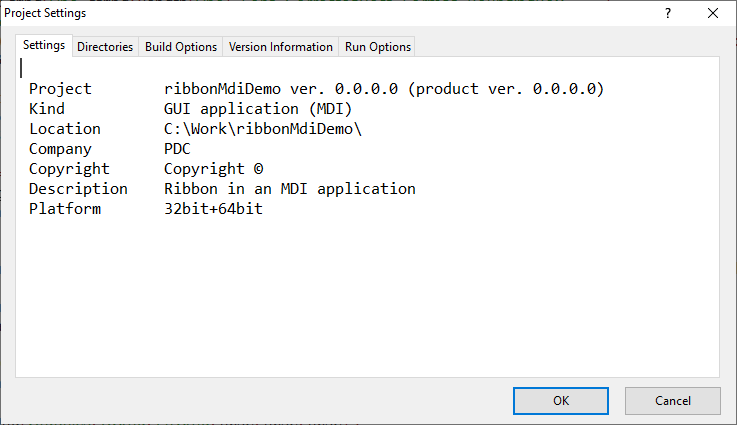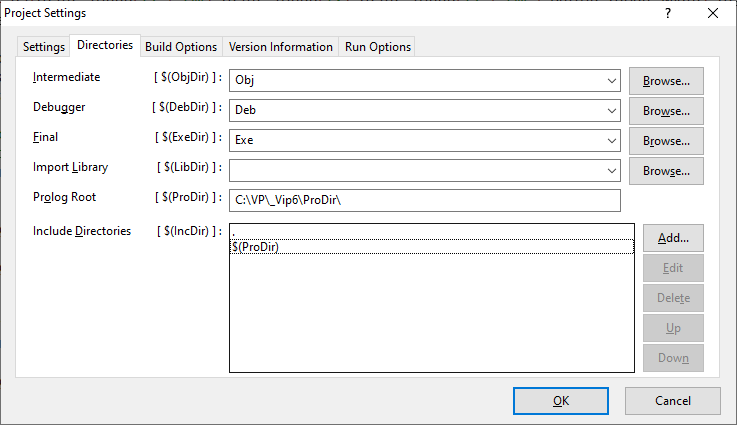Difference between revisions of "How to Distribute Applications"
(New page: = How to Distribute Visual Prolog Applications = Running of target modules created by Visual Prolog IDE requires existence of some Visual Prolog runtime DLLs on the computer at which thes...) |
(No difference)
|
Revision as of 10:57, 24 May 2013
How to Distribute Visual Prolog Applications
Running of target modules created by Visual Prolog IDE requires existence of some Visual Prolog runtime DLLs on the computer at which these modules will be used. Therefore, these Visual Prolog runtime DLLs should be supplied together with the distributed modules. (Visual Prolog target modules can be applications, DLLs, and COM objects.)
The IDE provides you assistance in preparing the set of files, which should be distributed together with your target modules generated by Visual Prolog. At any moment you can use the Project Settings dialog to copy all Visual Prolog runtime DLLs, which are required to be distributed together with the generated target module, to the final directory of the project.
Here we describe how to do this. When you activate the Project Settings dialog, you will see the picture like this:
Notice that when the Project Settings dialog is opened to create a new project, then it has the edit fields instead of the table you see on the picture.
By the default the project Final directory is EXE (or EXE64 for 64bit targets) subdirectory of the project. It can be seen and changed if needed in the Directories tab of the Project Settings dialog:
IDE automatically copies Visual Prolog runtime DLLs to the project final directory. When it reports, that the target project module is successfully built, go into the project final directory. In this directory you will see the project target module like ProjectName.exe or ProjectName.dll and the set of required Visual Prolog runtime DLLs.
If you will distribute the project target module to the customers, who can do not have the same version of Visual Prolog installed on computers at which they will execute this target module, then you NEED to SUPPLY to them all DLLs, which are copied by the IDE into the project Final directory.
Prolog Development Center A/S grants you permission to supply Visual Prolog runtime DLLs, which was copied by the IDE to your project final directory, to your customers.


